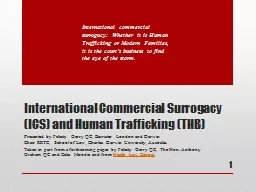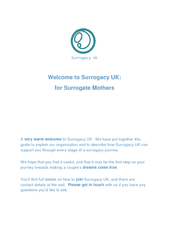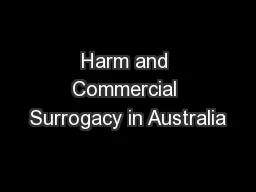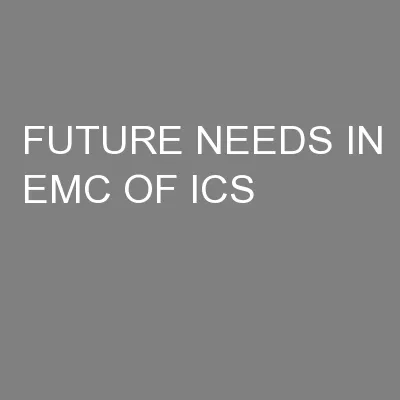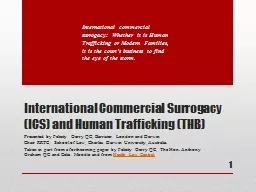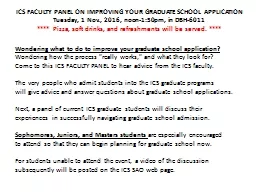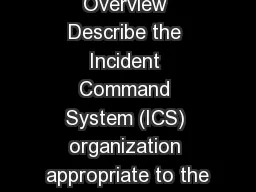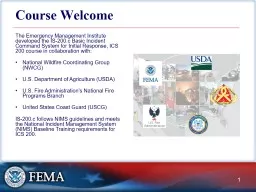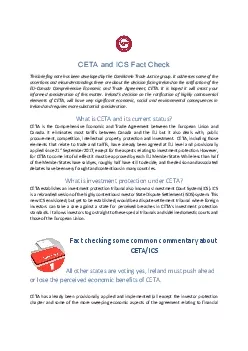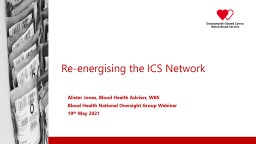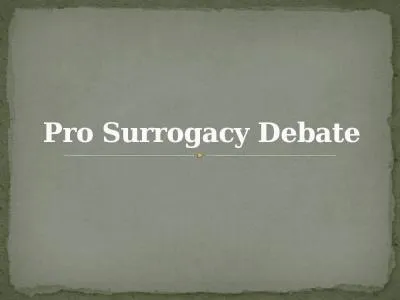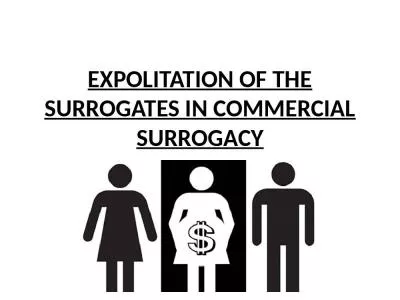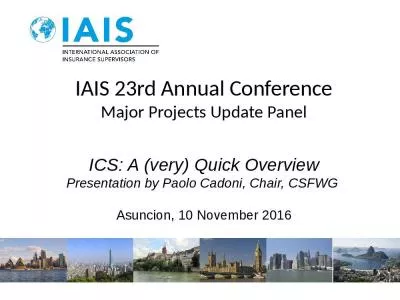PPT-International Commercial Surrogacy (ICS) and Human Traffick
Author : test | Published Date : 2018-01-09
Presented by Felicity Gerry QC Barrister London and Darwin Chair RRTC School of Law Charles Darwin University Australia Taken in part from a forthcoming paper
Presentation Embed Code
Download Presentation
Download Presentation The PPT/PDF document "International Commercial Surrogacy (ICS)..." is the property of its rightful owner. Permission is granted to download and print the materials on this website for personal, non-commercial use only, and to display it on your personal computer provided you do not modify the materials and that you retain all copyright notices contained in the materials. By downloading content from our website, you accept the terms of this agreement.
International Commercial Surrogacy (ICS) and Human Traffick: Transcript
Download Rules Of Document
"International Commercial Surrogacy (ICS) and Human Traffick"The content belongs to its owner. You may download and print it for personal use, without modification, and keep all copyright notices. By downloading, you agree to these terms.
Related Documents

